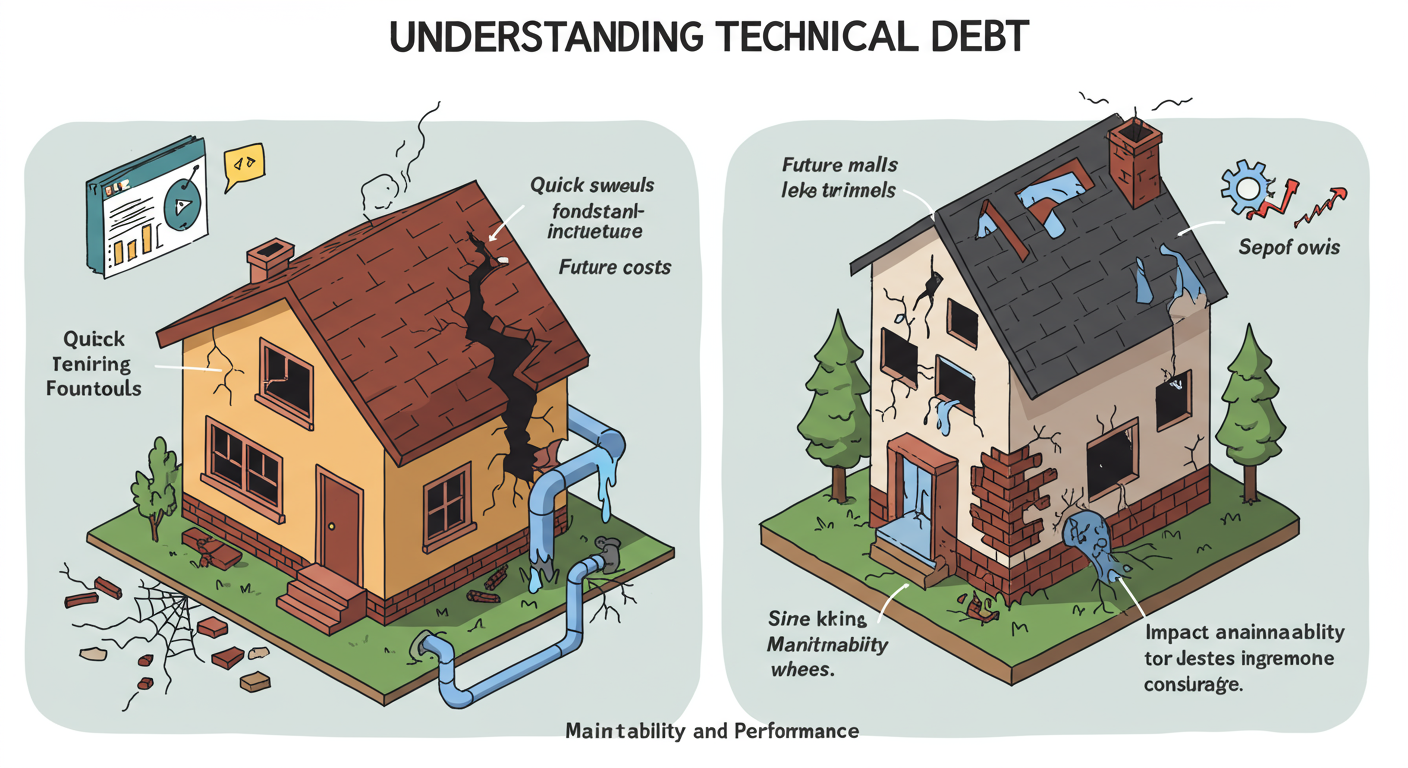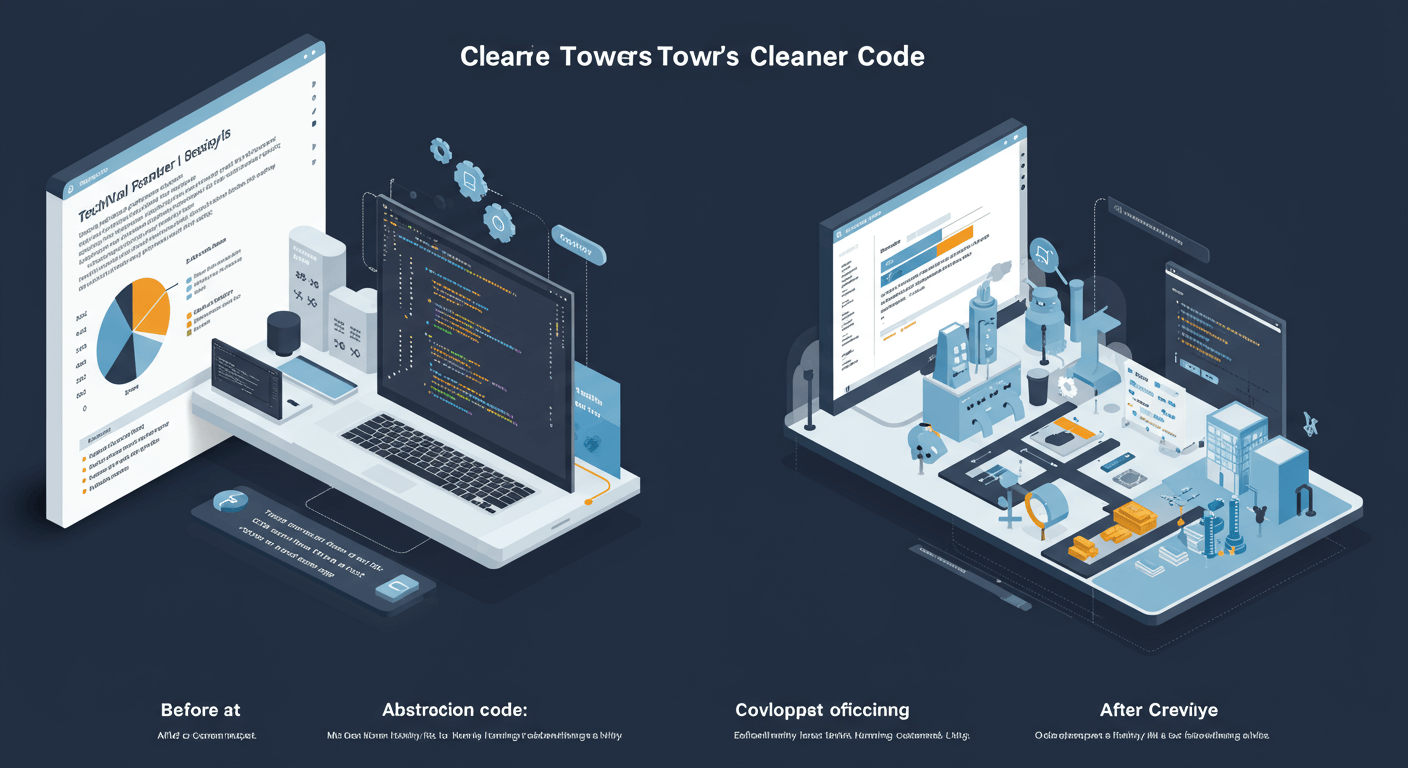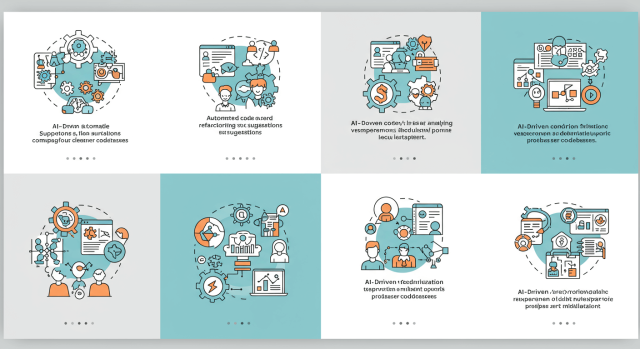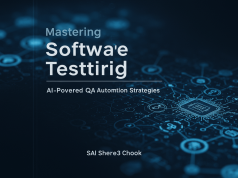In today’s fast-paced software landscape, accumulating technical debt can slow down development, increase maintenance costs, and introduce unexpected risks. As codebases grow and teams race to deliver new features, shortcuts and outdated libraries can lead to bloated, fragile systems. Fortunately,brings a new wave of AI-powered solutions designed to help teams identify, prioritize, and eliminate technical debt more efficiently than ever before. In this comprehensive guide, you will learn how to leverage artificial intelligence for systematic debt management, explore top tools on the market, and implement best practices to keep your software healthy, maintainable, and future-proof.
Understanding Technical Debt

Technical debt refers to the implied cost of additional rework caused by choosing an easy solution now instead of using a better approach that would take longer. It comes in various forms: code debt (spaghetti code, lack of modularity), design debt (poor architecture decisions), documentation debt (outdated or missing docs), and test debt (insufficient automated tests). While some debt is strategic—trading short-term speed for long-term gain—uncontrolled debt leads to slower development cycles, increased likelihood of bugs, and higher operational costs. Recognizing and quantifying different debt types is the first step toward an actionable remediation plan.
How AI Can Transform Technical Debt Management
Traditional debt management relies heavily on manual code reviews and developer expertise, which can be time-consuming and inconsistent. AI changes the game by automating detection and delivering consistent, data-driven insights. Machine learning models trained on vast codebases can identify code smells, anti-patterns, and potential security vulnerabilities in seconds. Predictive analytics can forecast areas of the code most likely to degrade over time, allowing teams to proactively refactor before issues arise. Natural language processing (NLP) techniques can analyze documentation and comments to highlight outdated sections, ensuring your knowledge base stays aligned with current implementation. The combination of static and dynamic analysis complemented by AI recommendation engines accelerates debt identification and prioritization like never before.
Top AI-Powered Tools for Reducing Technical Debt
Several leading platforms now offer AI-driven capabilities tailored for technical debt management. Consider the following options:
- DeepCode AI – Uses deep learning to detect complex code patterns and suggest precise refactoring steps based on community best practices.
- CodeGuru Profiler by AWS – Analyzes runtime performance and spots hotspots that contribute to technical debt, recommending optimizations to improve efficiency.
- SonarQube with AI Plugins – Extends traditional static analysis by leveraging AI modules to predict code churn and highlight high-risk components.
- Embold – Provides an interactive dashboard powered by AI to uncover design flaws, dead code, and complex methods that increase maintenance overhead.
- GitHub Copilot Enhanced Insights – Goes beyond code completion by offering metrics on code complexity and automated suggestions for modularization.
Best Practices for AI-Driven Code Refactoring
Adopting AI tools is only part of the solution. To maximize impact, embed the following best practices into your development lifecycle:
- Integrate Debt Analysis into CI/CD – Automate scans on every pull request so debt issues are caught early and assigned criticality scores.
- Define Clear Debt Metrics – Establish KPIs such as debt ratio, remediation rate, and code complexity indexes to track progress over time.
- Prioritize Based on Business Impact – Use AI-driven predictive models to focus on areas that slow feature delivery or cause recurring defects.
- Foster a Culture of Continuous Improvement – Encourage developers to treat debt remediation like feature work, allocating regular sprint capacity.
- Combine Automated and Human Reviews – Leverage AI for bulk analysis, but retain expert oversight for nuanced architectural decisions.
- Document Refactoring Rationale – Maintain clear records of why changes were made to prevent reintroduction of debt.
Case Study: TechNova’s Journey to Cleaner Code

TechNova, a mid-sized SaaS provider, faced mounting customer complaints due to slow release cycles and increasing bug rates. After introducing an AI-driven platform combining static analysis and predictive maintenance, they identified 1,200 hotspots in just two weeks. By prioritizing fixes with the highest predicted ROI, the team reduced average code complexity by 35% and cut build failures by 50% in three months. The automated toolchain flagged outdated libraries, surfaced redundant modules, and even suggested package upgrades, saving over 100 developer hours. As a result, TechNova accelerated feature delivery by 25% and boosted customer satisfaction scores by 15%.
Implementation Roadmap
Ready to kickstart your AI-driven debt management journey? Follow this roadmap:
- Conduct a Baseline Audit – Run an initial AI-powered scan to map out current debt levels and key pain points.
- Select and Pilot Tools – Choose one or two AI platforms. Pilot in a small codebase to evaluate detection accuracy and workflows.
- Establish Governance – Define ownership, scoring criteria, and remediation SLAs for debt issues identified by AI.
- Train Your Team – Provide hands-on workshops on interpreting AI results and integrating refactoring into daily work.
- Iterate and Scale – Incorporate feedback, adjust thresholds, and expand coverage across repositories and microservices.
- Monitor and Optimize – Use dashboards to track metrics, spot regressions, and continuously refine AI model parameters.
Conclusion
In 2025, managing technical debt has evolved from a tedious manual chore to a strategic, intelligent process. AI-driven platforms now deliver unmatched speed and precision in spotting, prioritizing, and even fixing code issues, helping teams build and maintain more resilient software. But the real magic happens when you weave this capability into your development heartbeat—your AI-Powered CI/CD Pipelines. By combining automated debt analysis with human insight and embedding it directly into your continuous integration workflow, you create a system that proactively tackles code quality. This approach doesn’t just reduce maintenance drag; it accelerates feature delivery and future-proofs your codebase. It’s about fostering a culture of continuous code health, where automated remediation and proactive refactoring become natural steps in your journey toward sustainable innovation. Start your AI-powered debt management today, and build software that’s made to last.








